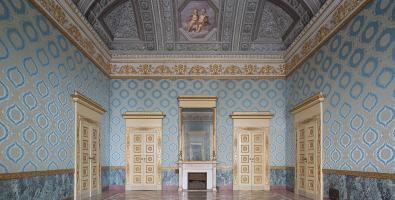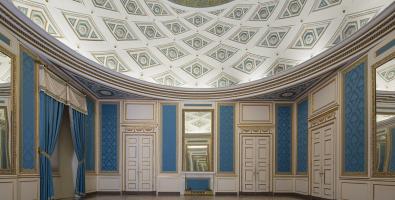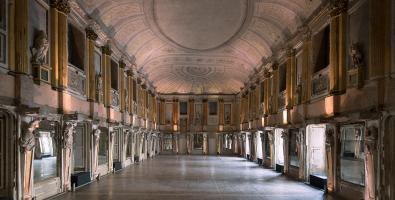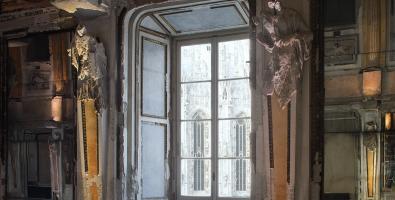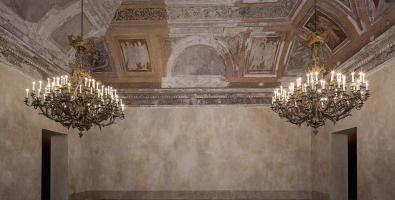Architettura
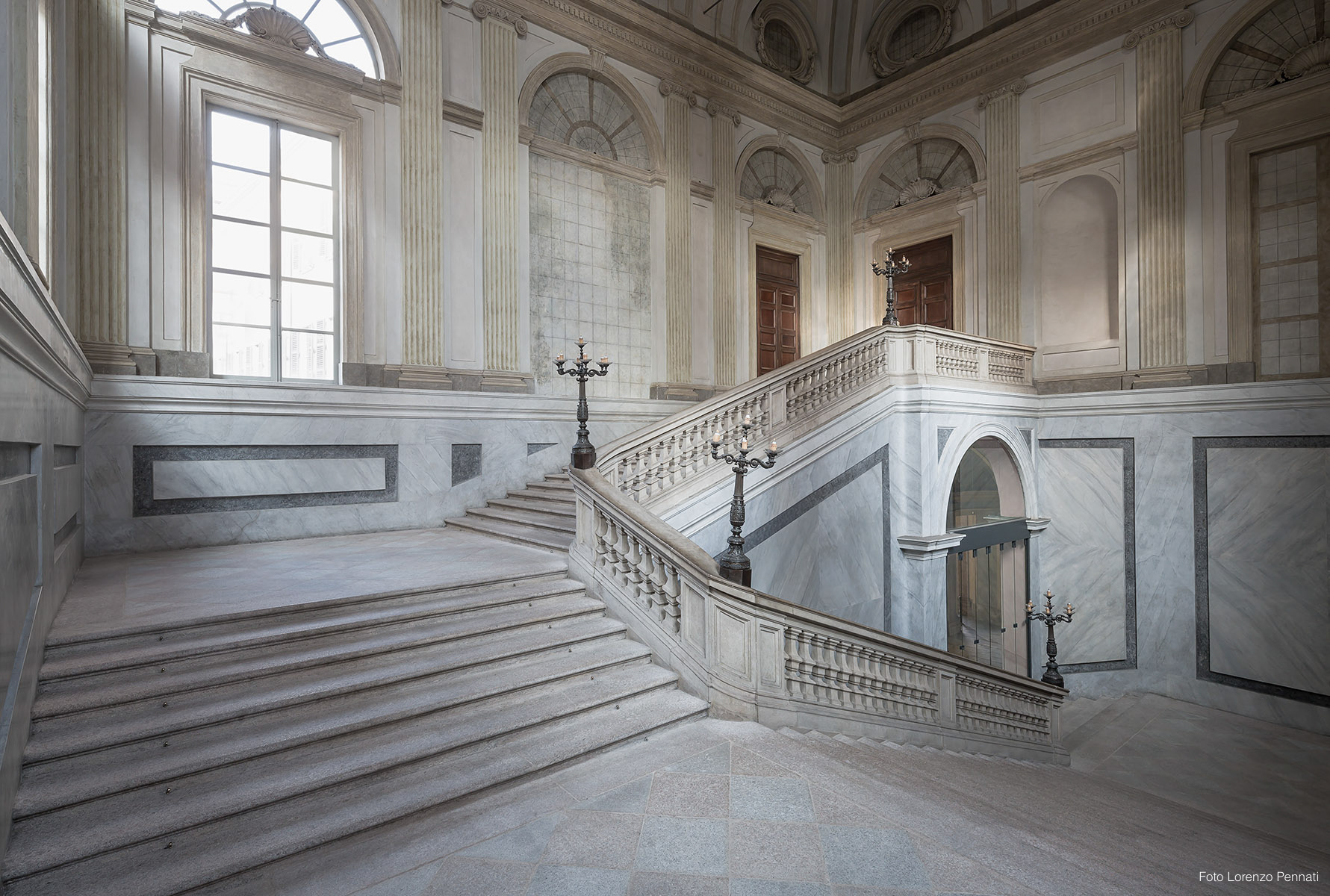
Palazzo Reale was born as Palazzo del Broletto - later defined as “Old” not to get confused with the Broletto Nuovo, the current Palazzo della Ragione. The term Broletto in the Middle Ages generically indicated a fenced area, but in Milan it became the town hall, a place destined to govern the city, where city assemblies were held and justice was administered.
With the Visconti, the Palace acquires imposing dimensions and a magnificence that anticipates the Renaissance courts. Giotto is also called to court.
The first renovation
In 1535 the new Spanish governors settled in the Doge's Palace where they undertook major renovation and expansion works, including the construction of the first theater in Milan (1594), which will survive until 1776, the year in which it was decided to demolition and contemporary construction of the current famous Teatro alla Scala.
The renovation of the furnishings and the Piermarini project
It will be the Austrians, who took over the government of the city from the Spaniards in the second half of the 18th century, to organize the renovation of the palace, internally but also externally, in the forms that we can see even today.
The furnishings are completely renovated, the internal courtyard is made less gloomy and the Church of San Gottardo with its bell tower is incorporated as the Regia Ducale Chapel. On the main floor, the Salone dei Festini and that of Audience are restored, then united in the imposing Sala delle Cariatidi, and a Salle à manger is created, intended for gala lunches and dinners, according to the French fashion of the time and today used as exhibition hall.
In 1769 Firmian, governor general of Austrian Lombardy, called the architect Vanvitelli, an Italian painter and architect of Dutch origin who had already built the Reggia di Caserta, to build a palace worthy of the prestige of the Habsburgs in Milan as well. Vanvitelli proposes the demolition of the entire building and the construction of a new palace, but Vienna does not want to face the heavy economic commitment and asks his pupil Giuseppe Piermarini to think of a cheaper solution. With Piermarini's work, any architectural evidence of Lombard art disappears and the whole building takes on the neoclassical guise: in eight years, from 1770 to 1778, Piermarini's work is completed and the Palace becomes the home of rulers.
Piermarini transforms the palace into a neoclassical palace, demolishing the entrance wing, reducing the main courtyard to an open square and rebuilding the facade. With this new look, the palace overlooks Piazza Duomo and the current Piazzetta Reale is born. Piermarini created the Scalone d’Onore leading to the main floor and enriches a series of rooms with the help of the major artists, painters and decorators active in Milan: Martino Knoller, Traballesi, Giocondo Albertolli and Giuseppe Maggiolini.
The maximum splendor
During the Napoleonic era the Palazzo reached its peak of splendor thanks to the decorations by Appiani and the building interventions of the Canonica and Tazzini Gli austriaci, who returned to Milan after the Congress of Vienna, continued the work of embellishing the Palazzo Reale thanks to the mastery of Francesco Hayez and Pelagio Pelagi.
The restorations
The twenty-year recovery and restoration projects started in 1980 and followed by the architect Alberico B. Belgiojoso, in 2008 returned to the public the rooms belonging to the neoclassical period and the 12 rooms of the old Apartment of the Princes thanks to the commitment of the Municipality of Milan, of the Cariplo Foundation and the collaboration of the Superintendence of Architectural Heritage and Landscape of Milan.
